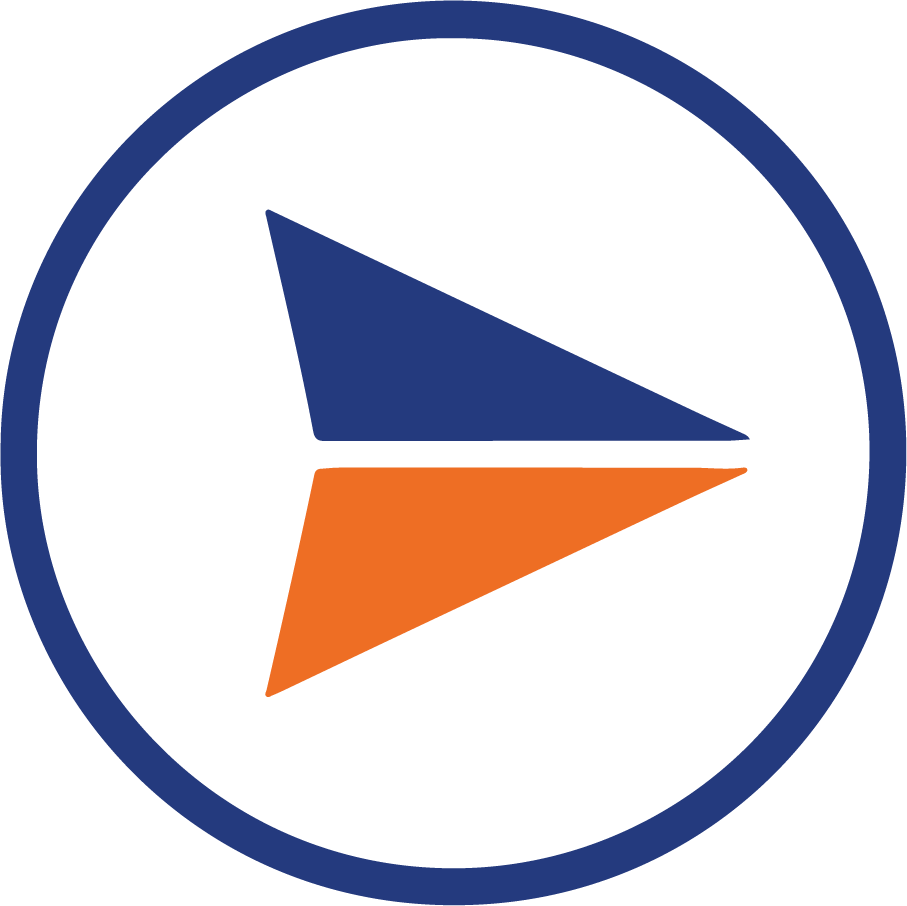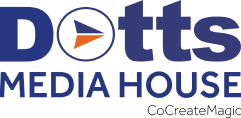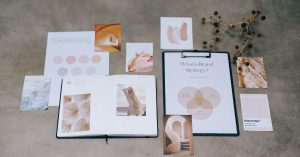Imagine going to an event for the elites only to sell your thrift wear. That mismatch is exactly what happens in marketing when you spread your message without really knowing who’s listening. 57% of marketers admit they struggle to create content because they do not truly understand their audience. As W. Edwards Deming famously quipped, “Without data, you are just another person with an opinion”. In other words, guesswork is a recipe for wasted ads and missed connections. The antidote is an audience profile: a detailed avatar of your ideal customer.
What Is an Audience Profile?
An audience profile is essentially a fictional customer who embodies the traits of a key segment of your market. It is not a broad market demographic, but one representative “person” with a name, background, needs, and preferences. For example, Sprinklr describes a profile like “John,” a 25-year-old marathon runner who follows Instagram fitness influencers and values extra-cushioned shoes.
By imagining John’s story in detail, marketers can tailor campaigns that speak directly to him and, by extension, to everyone like him. This is different from a general target market, which might include all athletes; the profile zooms in on a specific type of runner. Similarly, in B2B marketing, the audience profile could be the manager or influencer using the product (not just the ultimate buyer). For instance, one example is a social media manager persona, even if the final sign-off comes from the CMO. Building these personas lets you speak your customers’ language and meet them where they are online and offline.
Why Audience Profiles Matter
Getting your audience profile right pays off in big ways. Personalised marketing boosts performance. 94% of marketers say that personalisation increases sales. With a clear profile, you can create campaigns that feel custom-built for each group. McKinsey research backs this up: companies that excel at personalisation (i.e. know their audience intimately) see far more revenue increase.
The top performers generate about 40% more of their revenue from personalised efforts than slower-growing peers. In practice, building audience profiles also brings internal focus. HubSpot found that only roughly 23% of sales professionals feel strongly aligned with marketing profiles helps solve that by giving sales and marketing a shared target to talk about. And with third-party cookies on the way out, relying on genuine audience insights (first-party data, surveys, etc.) is critical. Nearly half of marketers (47%) are planning for a post-cookie world, meaning profiles built on data are more important than ever.
The impact shows up in real brands. Take Spotify, for example. Its “Only You” campaign served each user a personalised “audio birth chart” based on listening habits and even included fun zodiac elements, a move aimed squarely at engaging Millennial/Gen Z fans who love astrology.
Or consider Nike: after discovering NikePlus loyalty members spend about 40% more than other customers, Nike created distinct personas like a “Weekend Runner” and a “Style Shopper” and added app features tailored to each. These brands know the values and trends their audiences care about. The payoff is usually higher brand engagement and consumer loyalty. Even websites built with clear personas can become 2–5× more effective at converting visitors into leads. In short, knowing your audience turns random marketing into a guided process.
It’s helpful to break the audience profiling process into clear phases. A Brafton infographic (above) outlines five key steps:
- Gather data on who your audience is,
- Define their needs and pain points,
- Round out their preferences (likes/dislikes),
- Compile the information into a cohesive persona, and then
- Revisit it regularly.
Each phase deepens your insight. For example, tools like Google Analytics give you hard facts such as visitor age ranges, locations, devices used, and even which pages they convert on. Meanwhile, your CRM or email system holds “living” data on customer behaviour; it can tell you which industries convert best, which channels (social, email, ad networks, etc.) brought in high-value leads, and how prospects first found you. These quantitative insights form the skeleton of your profile.
But data isn’t just numbers. The next step is to layer on qualitative intel. Talk to your sales and support teams: they hear customer pain points all day. Ask customers or prospects directly via surveys or interviews about their challenges, goals, and what they search for online. Keyword research tools (like SEMrush or Ahrefs) can also reveal what questions and problems your audience is Googling.
Additionally, don’t ignore psychographics such as consumer values and lifestyles. For instance, if sustainability is important to your segment, many consumers will pay a premium for eco-friendly products. Studies show more than half would shell out extra for sustainability. Gathering this richer context, hobbies, attitudes, and brand affinities helps you shape the voice and tone of your messaging so it truly resonates.
Once you’ve gathered the clues, it’s time to synthesise them into a profile.
Write it up as a narrative or persona “card.” Include basics like age, location, and job titles, but also cover psychographics: what they like/dislike, their values, habits, and preferred channels (social media, blogs, email, etc.). For example, a typical audience profile template might list: Key Demographics (age range, education, industry), Key Psychographics (interests, values, lifestyle), Challenges/Pain Points, Decision Drivers, and Preferred Channels/Content Types. The goal is to make this persona as realistic as possible, give them a name, a backstory, and a day-in-the-life scenario. That way, when your team discusses a campaign, you can ask, “What would Aisha, the Working Mom, want from this ad?” instead of vague terms like “our target market.”
A well-drawn audience profile guides everything from creative to channels. It also creates a feedback loop: after you launch a campaign, check the analytics and see which segments performed best. Did “John the Runner” engage with a product demo video on YouTube or click a Facebook ad for a training plan? Those results tell you to refine John’s profile further. Over time, profiles should evolve; new social trends, economic shifts or even cultural changes (remember how Pepsi’s infamous millennial ad flopped because it misread youth culture) mean that your personas can get stale. Treat them as living documents: revisit them annually, update them with fresh survey data, and compare notes across teams.
Real-World Examples
None of this is just theory; most smart brands use audience profiles every day. For example, a well-known menstrual-care company initially got it wrong by targeting “trendy city travellers” for their menstrual cup. Their content ideas (NYC spa guides, travel packing tips) had no pull because they missed the real audience. The solution was obvious: talk about menstruation itself. The Diva Cup blog, The Conscious Cycle, stays laser-focused on menstrual health and related topics, aligning perfectly with what their customers care about. This shift – from chasing a cool image to addressing core needs – illustrates how the right profile unlocks authentic messaging.
On the flip side, a campaign that nailed it was Spotify’s “Only You.” By using individual listening data to show things like personalised mixtapes and even an “Audio Birth Chart,” Spotify spoke directly to each user’s identity. The campaign went viral because it felt custom-made: each listener was shown as a unique persona.
Similarly, email platforms like Mailchimp or research tools like LinkedIn Ads rely on audience segments to deliver creative that resonates with different industries or roles. Even B2B giants segment thoroughly: tech companies often create personas for every decision-maker (IT managers, CFOs, marketing directors) who influences a sale.
The bottom line: great content and ads don’t come from broad slogans; they come from insight. Brands that have built detailed profiles see that reflected in their ROI.
Conclusion: Putting Profiles to Work
Once your audience profile is in hand, use it as a lens for every campaign. Choose platforms where your persona “lives”: an Instagram carousel might resonate with younger consumers, while an in-depth whitepaper could appeal to a B2B engineer. Craft the message in that persona’s language: if your profile values humour and community, inject some playful, inclusive copy. Measure everything against the persona: Did “John the runner” (our runner friend) watch the training video to the end? Did he share it with his running club? These analytics validate and refine the profile.
Finally, remember to iterate. Markets shift, new competitors emerge, and audiences’ tastes change. A profile built on data today may need tweaking next quarter. Regularly revisit your personas with fresh data (analytics trends, survey results, customer feedback). As one expert put it, audience profiling is about moving “from guessing to knowing,” which dramatically increases your chances of success. In practical terms, that means you stay nimble: you’ll notice if your message starts resonating less and can adjust (instead of blindly sticking to an outdated assumption).
If creating and managing these profiles sounds like a lot, that’s understandable. It’s a blend of strategy, analytics, and creativity. That’s where a digital agency partner can help. By collaborating with DottsMediaHouse, you get access to research tools and marketing experts who live and breathe audience insights. We’ll help you define the personas, test your messaging, and reach the right channels to connect with them.
Ultimately, the most successful marketing is backed by solid audience personas. With a concrete audience profile, you’ll be sure you’re speaking directly to the right people with the right message.





